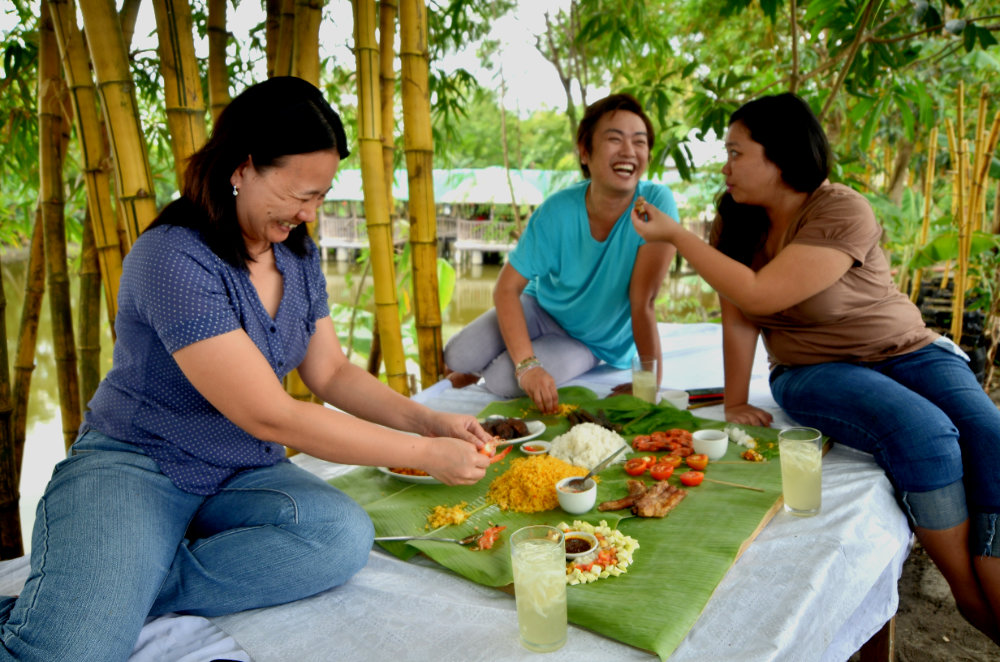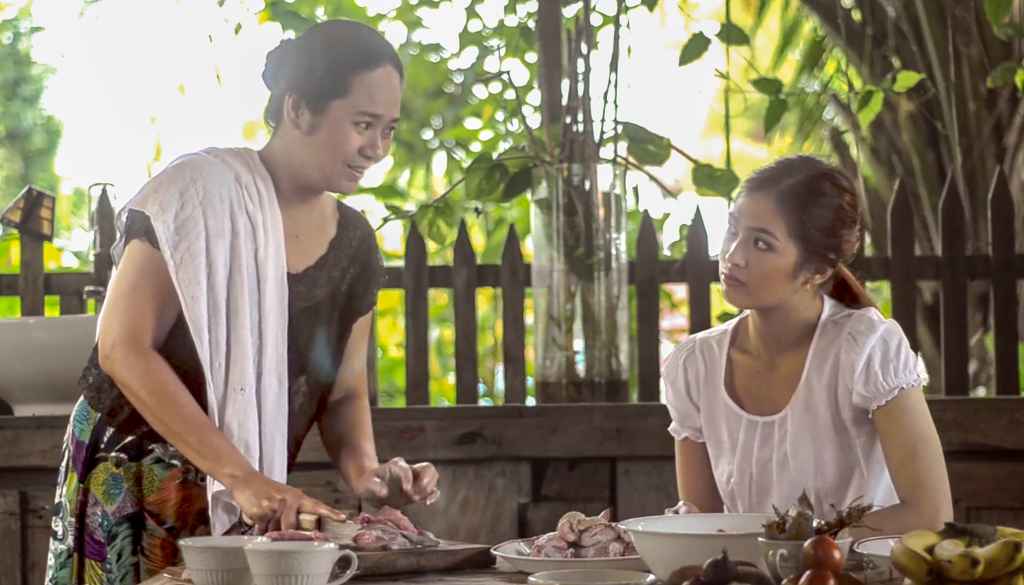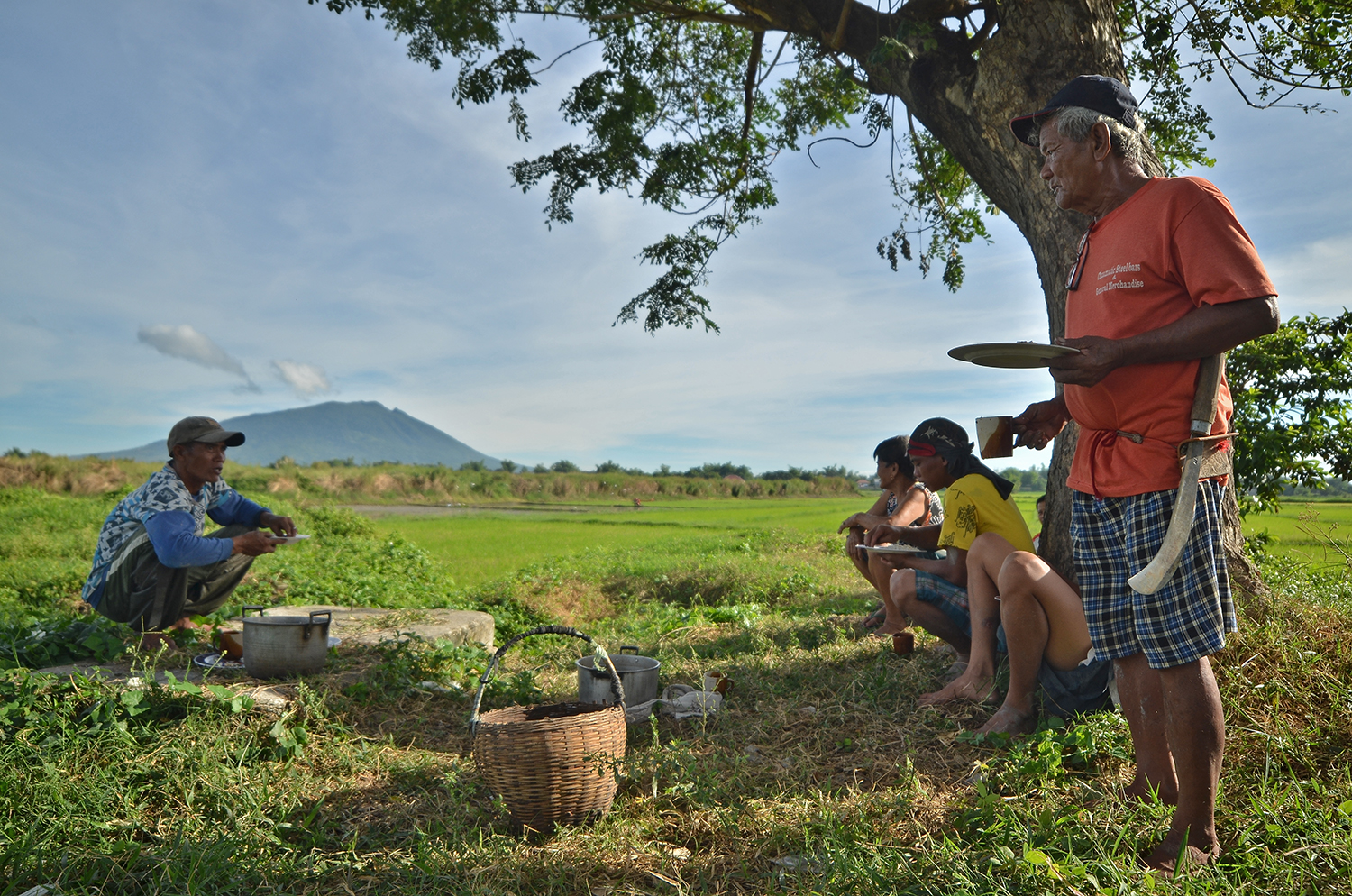The Kapampangans have been at the forefront of gastronomic history for decades. being the standards of exceptional dishes, with a devoted attention to the delight of the people consuming the food, whether fellow Kapampangans or those from outside the region.
This evidence of excellence can be found in the plethora of dishes that have entered the collective lexicon of Filipino cuisine. There are the cooks and chefs—some of them celebrities—who have openly shared foodways and household recipes with Filipinos both at home and abroad. And the scholarly and academic materials, written by both Kapampangans and non-Kapampangans, that have increased our understanding of Filipino culinary heritage and elevated it to the status of an academic discipline. Furthermore, this research and documentation have allowed us to appreciate the intricate flavors, techniques, and ingredients that make Kapampangan cuisine sought-after.
This openness to exploration has not only elevated Pampanga’s culinary reputation but has also made its food more accessible and appealing to people from all walks of life. Take, for example, the concept of nayanaya.
The Culinary Capital refers to the province of Pampanga in the Philippines, known for its rich and diverse culinary heritage. Kapampangans, the people of Pampanga, take great pride in this label as it recognizes their exceptional cooking skills and unique dishes. They view it as a testament to their cultural identity and a way to showcase their delicious cuisine to the rest of the world.
Nayanaya, as a concept of compassion and sharing of good food, made its way as a Filipino brand identity. It has been used as a kind of branding for the accommodating experience a visitor can have when one goes inside the homes of a Filipino household. This concept of Nayanaya showcases the warm and hospitable nature of Filipinos as they generously share their delicious dishes with guests. This cultural practice not only enhances the culinary experience but also fosters a sense of community and connection among people. And “Nayanaya” traces its roots to the Kapampangan people.
According to Philippine foremost Culinary Historian Felice Sta.Maria, nayanaya means “to entertain or feast the guest, showing him good will and that one is delighted (or had pleasure) in receiving him.” Masanaya: “well-conditioned, amiable, who shows that he has good will.”, a definition the comes from Alonso de Mentrida, OSA, 1628.

The 1860 edition of the Noceda-San Lucar Dictionary, titled “Tagalog na Diksyonaryo,” includes a reference to the term “Nayanaya” with a similar definition as Mentrida. This entry is derived from the Kapampangan words “pasinaya” and “aia.” According to Luther Parker’s An English-Spanish-Pampangan Dictionary, which was published in Manila by American Books and News in 1905, the term “pamanañaya” is defined as an invitation; however, the term “añaya” or “combiran” signifies the act of extending an invitation or invite.
This concept of Nayanaya showcases the warm and hospitable nature of Filipinos as they generously share their delicious dishes with guests. This cultural practice not only enhances the culinary experience but also fosters a sense of community and connection among people. And “Nayanaya” traces its roots to the Kapampangan people.
Dr. Laya Boquiren, an art critic and art historian who works in the creative industries, shared the Fray Diego Bergano entry for Aia (aya). The entry was extracted from the Kapampangan-Spanish Dictionary of 1732 and translated into English by Venancio Samson in 2007. Aia is a root of the verb mangaya, menğaya, which means to boast. On the other hand, ipanğaya, penğaya mean the motive of such boasting.
Boasting in Kapampangan is often misconstrued when the true meaning of it is to be proud. The desire to invite people to join them and experience the pride of good cooking is an embedded cultural trait. Kapampangan cooking has always been inclusive and open to sharing, as evidenced by the proliferation of dishes that became globally popular.
Through their efforts, Kapampangan food has become a source of pride and a symbol of cultural identity for both Kapampangans and Filipinos in general.
Tradition
The artful preservation of original procedures that have been handed down through the generations, the protection of intergenerational family foodways kept as gems, and a show of respect for the ancestors are what allow Kapampangans to cook their heritage dishes to perfection with their flavorful recipes.
Passion and love
The attention to detail in obtaining ingredients at the market and picking only the freshest produce without compromising the end result of the dish for the satisfaction of the person eating the food is a labor of love. Every step of the cooking process is a gateway to the stomachs and hearts of loved ones and those that the Kapampangans cherish.
Innovation and diversity
While Kapampangans cherish traditional recipes, their willingness to experiment with new foodways has expanded the range of local cuisines. This is owing to the Kapampangans’ acceptance of various culinary influences, beginning with the Spanish invasion, Chinese trading and intermarriages, American colonization, the brief Japanese occupation, and, more recently, Korean contemporary food culture. Chefs and cooks are now experimenting with new flavors and ingredients, as well as infusing other cultural influences into traditional dishes, to cater to a wider range of tastes and preferences.
A home
The essence of Kapampangan cuisine is found in the way that food preparation is viewed as a component that provides the same sense of a homecooked meal whether you are eating it in a restaurant, a run-down carinderia, on a street corner, or even at a temporary table during a farmer’s break in the rice fields. The excellence of Kapampangan food makes you feel at home.

Sources:
Bergano. (2007). Section of a dictionary [Paperback]. In Q. Samson (Trans.), Vocabulary of the Kapampangan Language in Spanish and Dictionary of the Spanish Language in Kapampangan (1st ed., Vol. 2). Holy Angel University.
Parker. (1905). An English-Spanish-Pampanga Dictionary (1st Edition, Vol. 1) [Hardbound, Paperback]. American Book and News., Publishers.
De Noceda, P., & De Sanlucar, E. P. (1754). Vocabulario De La Lengua Tagala (1s Edition) [Paperback]. Nicholas De La Cruz Bagay.
Sta.Maria. (2023, November 3). Interview about nayanaya. In Facebook Meta (No. 1). Facebook Conversation.
Boquiren. (2023, November 3). Interview about aia. In Facebook Meta (No. 1). Facebook Conversation.
